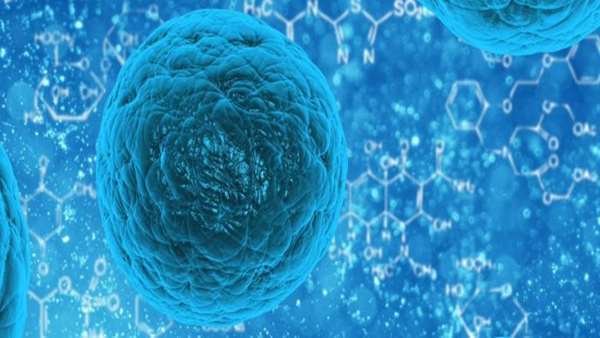Expanding the toolbox for transcription factor-mediated iPSC differentiation
Scientists at the Center for Regenerative Therapies Dresden (CRTD) at TU Dresden (Dresden, Germany), Harvard University (MA, USA) and the University of Bonn (Bonn, Germany) have developed a method to extract hundreds of different cells from induced pluripotent stem cells (iPSCs) using transcription factors.
Scientists at the Center for Regenerative Therapies Dresden (CRTD) at TU Dresden (Dresden, Germany), Harvard University (MA, USA) and the University of Bonn (Bonn, Germany) have developed a method to extract hundreds of different cells from induced pluripotent stem cells (iPSCs) using transcription factors.
Their research was recently published in Nature Biotechnology.
iPSCs present the opportunity to differentiate into diverse cell types and tissues – however, the ‘recipes’ to convert these cells can be difficult to implement.
“Most differentiation protocols are very laborious and complicated. It’s not possible to obtain different cell types from iPSCs simultaneously and in a controlled manner in a single culture,” explained Volker Busskamp, professor at the University of Bonn and the CRTD.
In their research, the team used transcription factors to mediate stem cell differentiation – replacing the complicated procedures with simple ‘recipes’.
After screening 1732 transcription factors, the team found 290 DNA-binding proteins that were able to quickly and efficiently reprogram stem cells into target cells – including neurons, connective tissue and blood vessel cells.
“The advantage of the identified transcription factors is that they are able to convert iPSCs into body cells particularly quickly and easily and that they can potentially also be used to form more complex tissues,” commented Busskamp.
In the study, the group introduced the DNA sequence for the respective transcription factor into the stem cell genome. Then, the transcription factors were activated using a small molecule – resulting in the differentiation of the cell. The stem cells and differentiated cells could be automatically sorted using cell markers.
Interestingly, by comparing how much of a specific transcription factor was present in the differentiated cells compared to the stem cells, the activity of the transcription factor could be determined.
“The greater the difference, the more important the respective transcription factor seems to be for the conversion of iPSCs into differentiated cells,” explains Busskamp.
Of the 290 transcription factors identified, 241 were not previously known to possess reprogramming properties – meaning this study has greatly advanced our toolbox for regenerative medicine.
“These results open new possibilities,” commented George M. Church, Harvard University. “The variety, simplicity and speed of stem cell programming using transcription factors makes stem cell research possible on a large scale. Worldwide, 50 other groups are already working with our programmable stem cell lines and with the transcription factor library.”
Busskamp predicts great potential for this stem cell technology in ophthalmology. “For diseases in which the retina degenerates, such as age-related macular degeneration (AMD), there is hope that at some point, it will be possible to replace the affected photoreceptors with the help of iPSC conversion,” concluded Busskamp. “My team is working towards this goal.”
https://www.regmednet.com/expanding-the-toolbox-for-transcription-factor-mediated-ipsc-differentiation/




ارسال به دوستان